-Typical of the Flemish pictorial tradition, the precision of the drawing and the great finesse of the weaving (up to 9 threads/cm) allowed an excellent textile translation with, in particular for the background, the rendering of the architectural and plant details of the garden; we can even see the fruits of the orange trees.
- David II Teniers (1610-1690) illustrates the great Flemish tradition of the genre scene. It depicts the occupations of simple people in Flanders during the first half of the 17th century. In tapestry, we can place the appearance of the "Ténières" towards the end of the 17th century. Teniers' paintings were distinguished by positive depictions of peasant life, which contrasted with older Dutch and Flemish artists who tended to depict peasants with a satirical tone. While many "Teniers" tapestries include comic elements, the men and women are presented as fundamentally honest and rustic. It is this simple, almost Arcadian vision of rural life which constitutes the key to the success of the “Teniers” tapestries. Their immense popularity was one of the most striking trends in 18th-century European tapestry production. The genre was born in Brussels in the last decades of the 17th century, then tapestries were produced in other Flemish weaving centers (notably Antwerp and Oudenaarde) and also further afield in France (Lille, Aubusson) so that at the beginning From the 18th century, "Teniers" tapestries were exported throughout Europe.
- Good state of conservation, old border added, retracting in the upper part, some wear should be noted (see photos).
-Dimensions: 152cm X 271cm


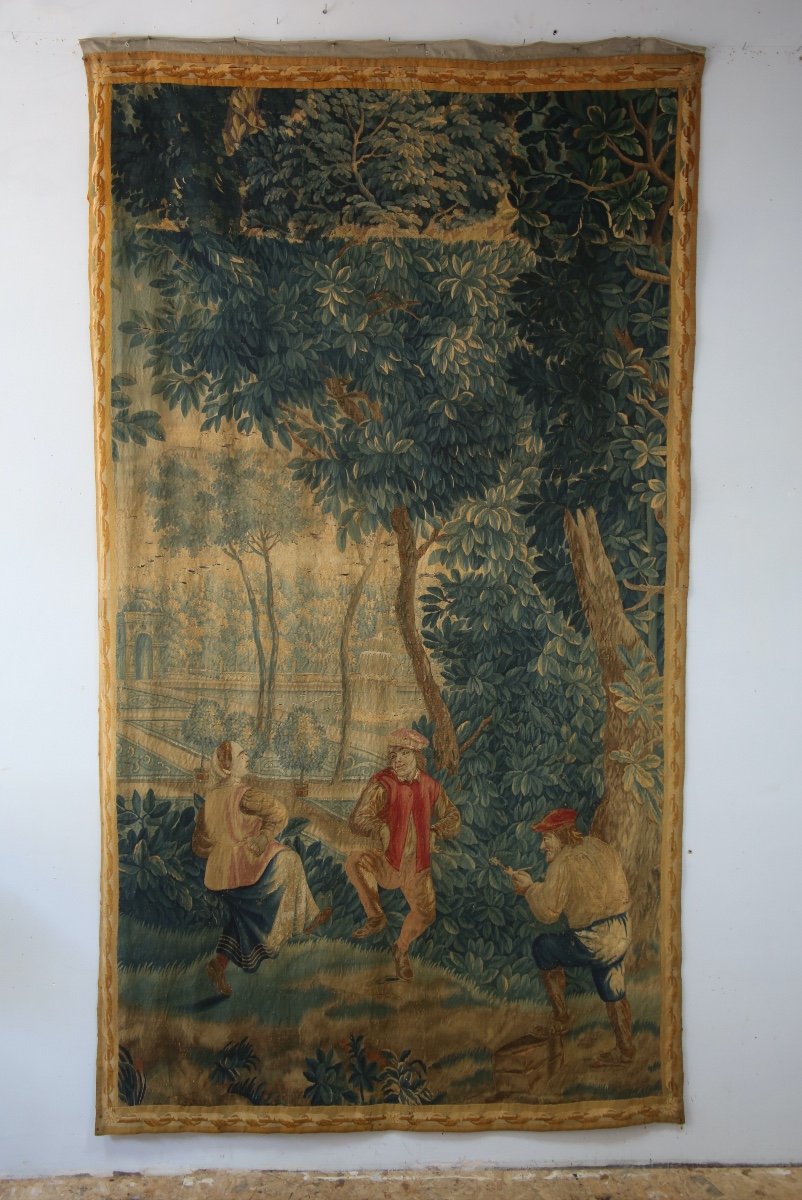
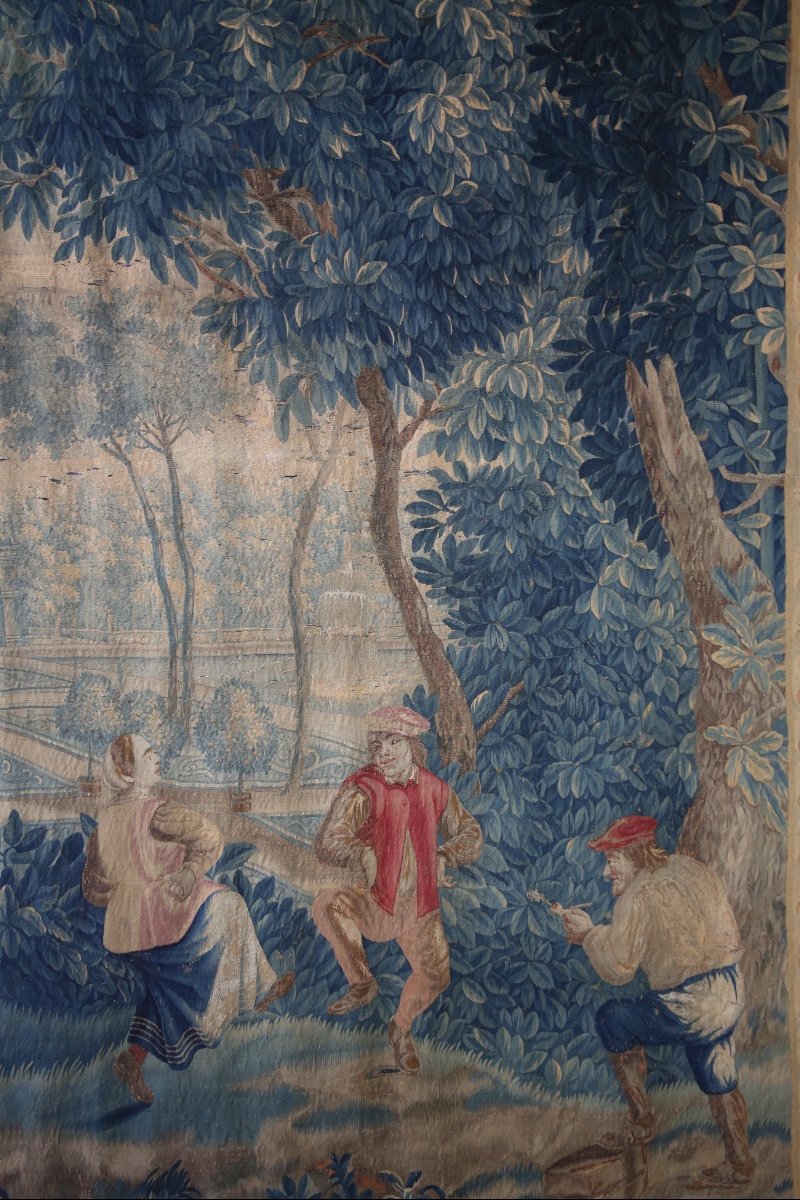
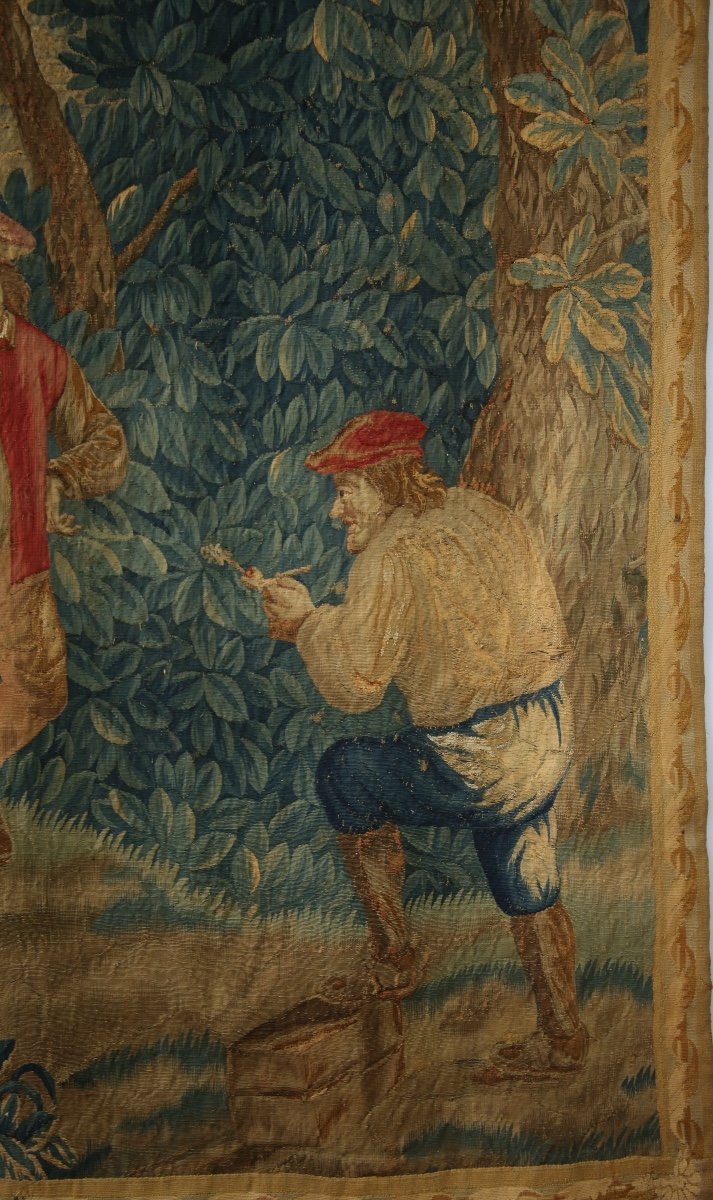
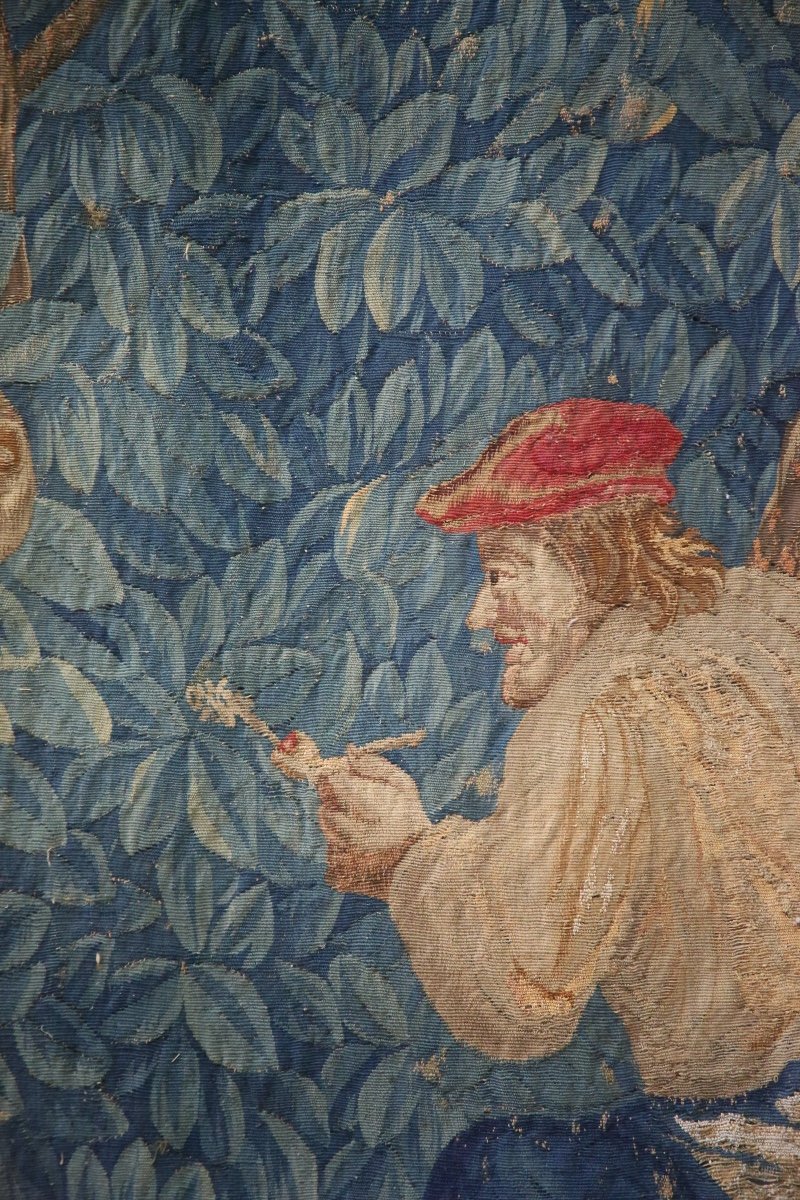
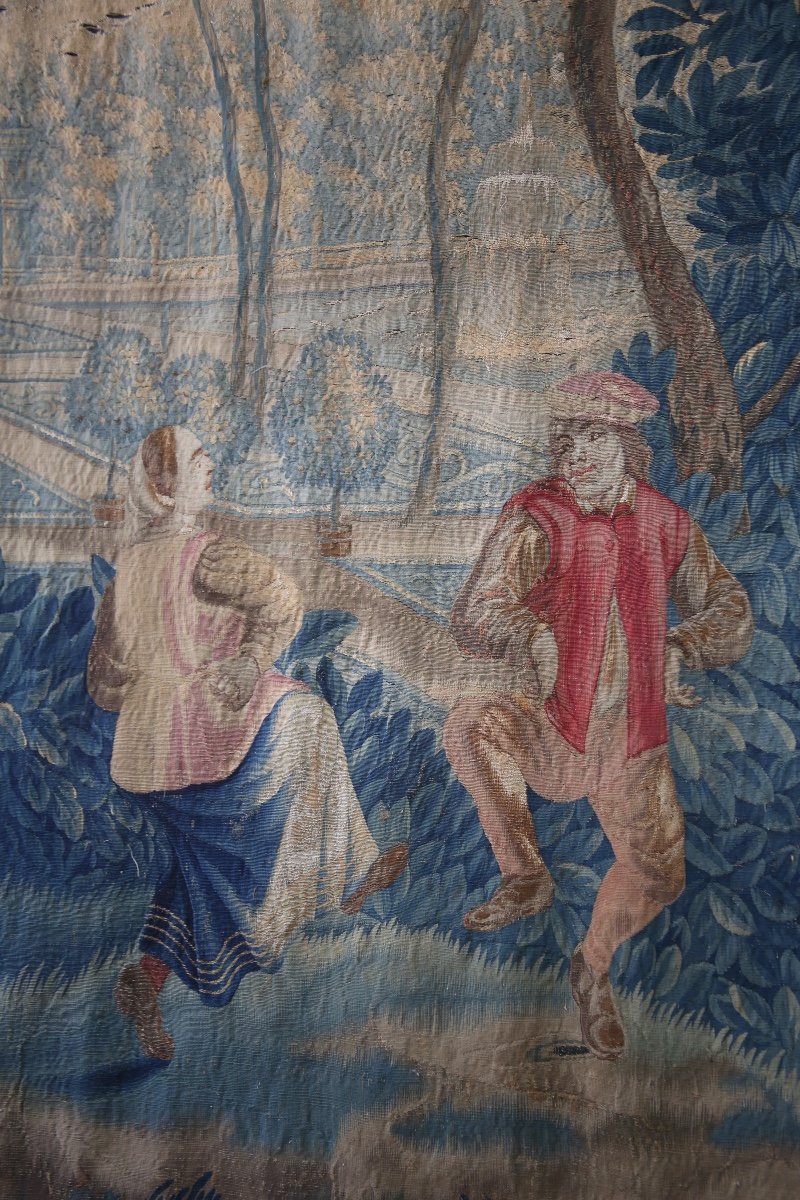
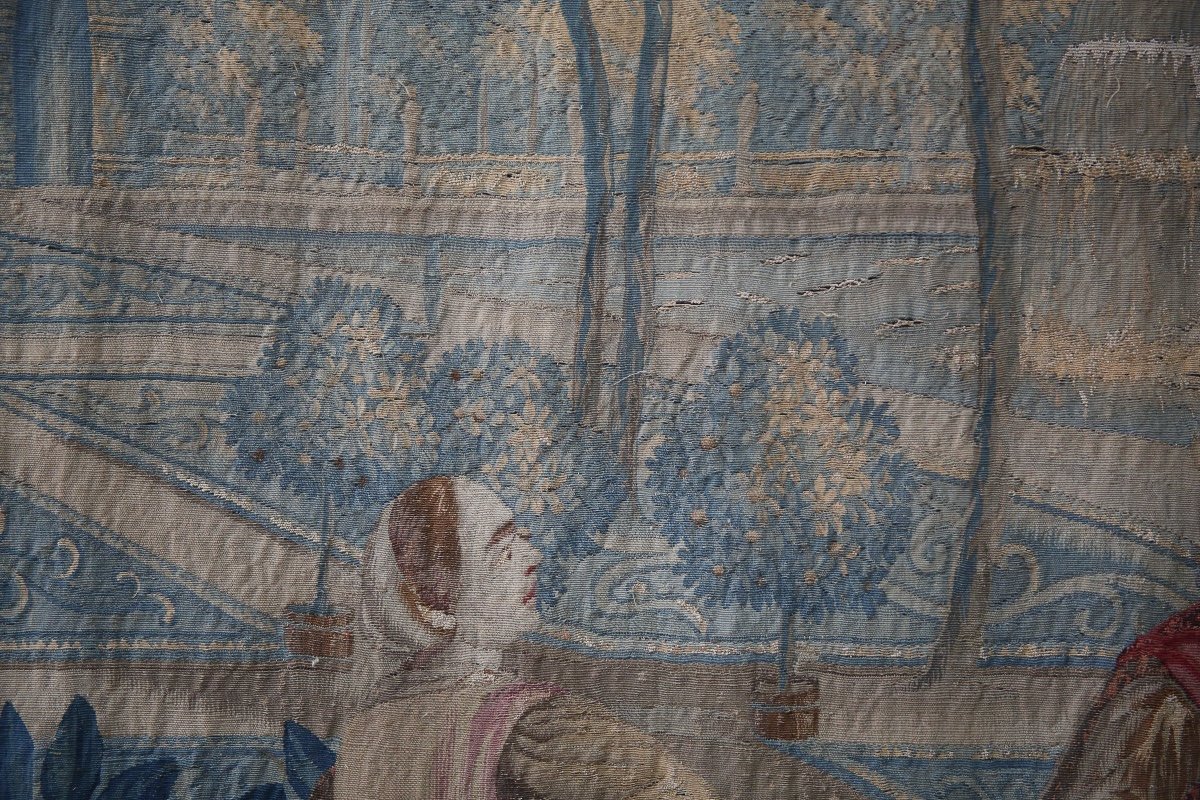
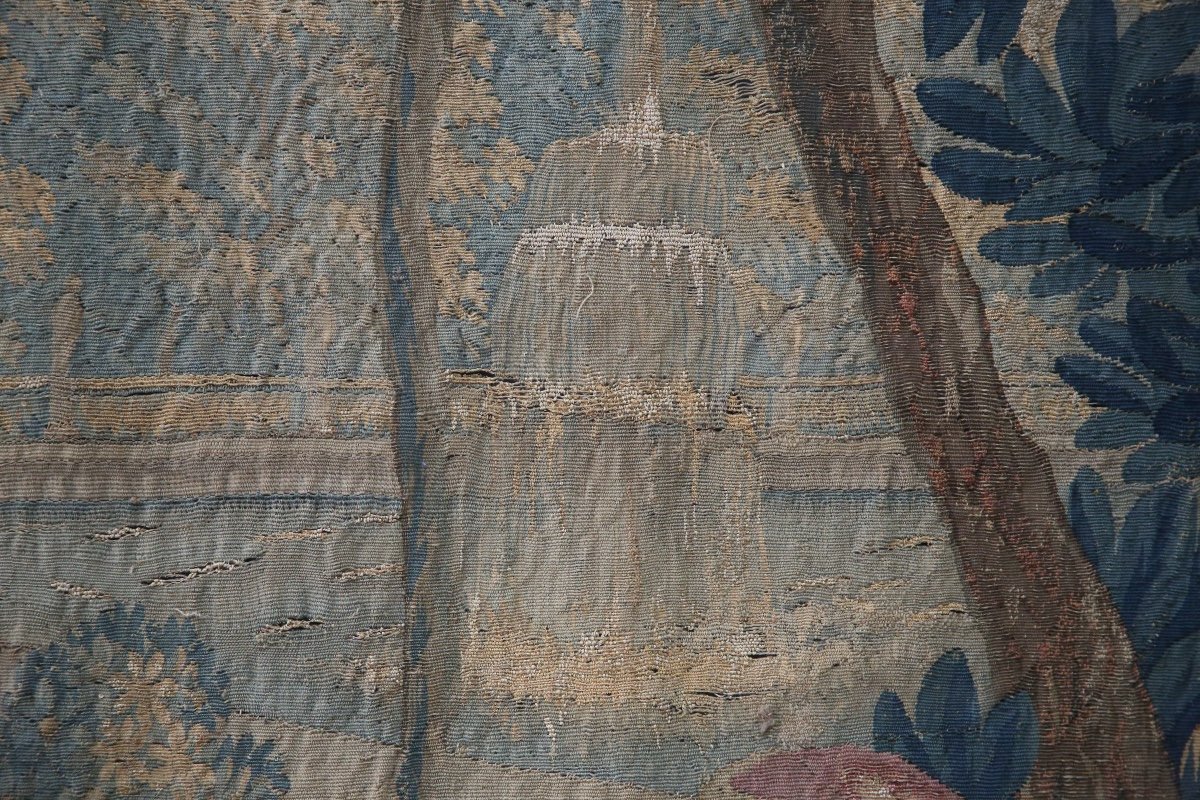
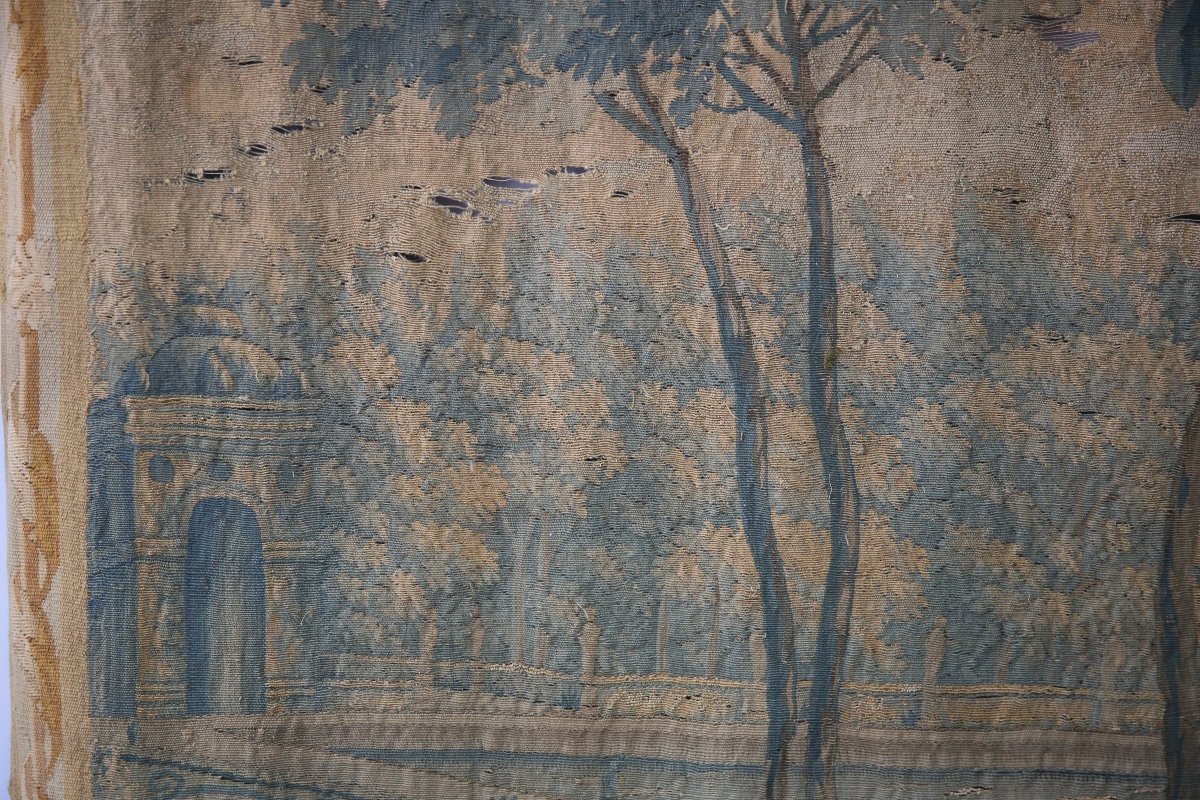
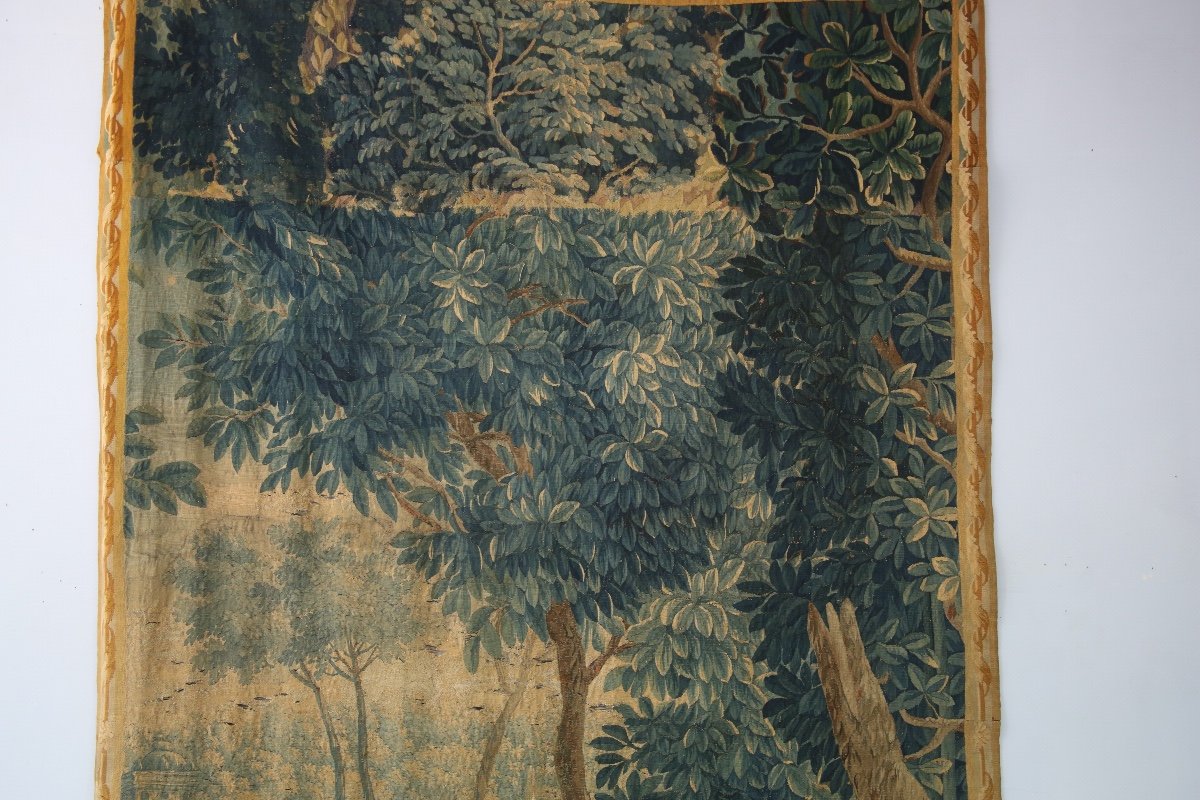











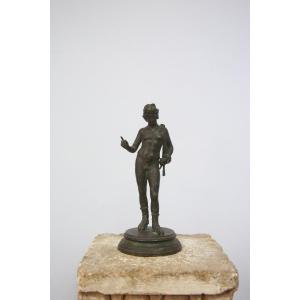




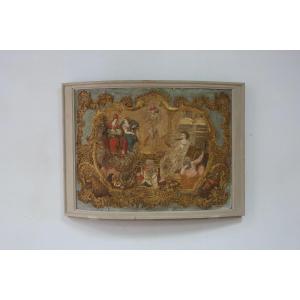



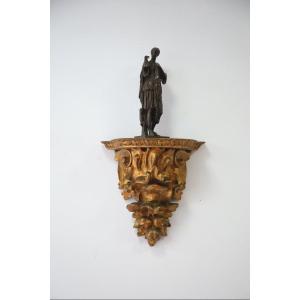



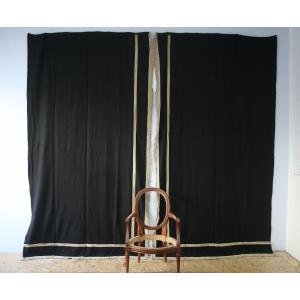
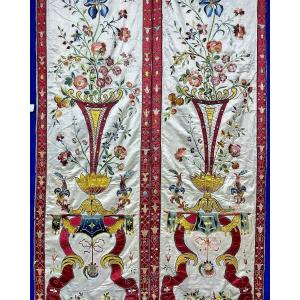
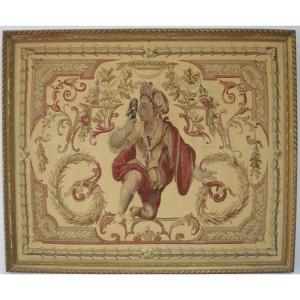






 Le Magazine de PROANTIC
Le Magazine de PROANTIC TRÉSORS Magazine
TRÉSORS Magazine Rivista Artiquariato
Rivista Artiquariato